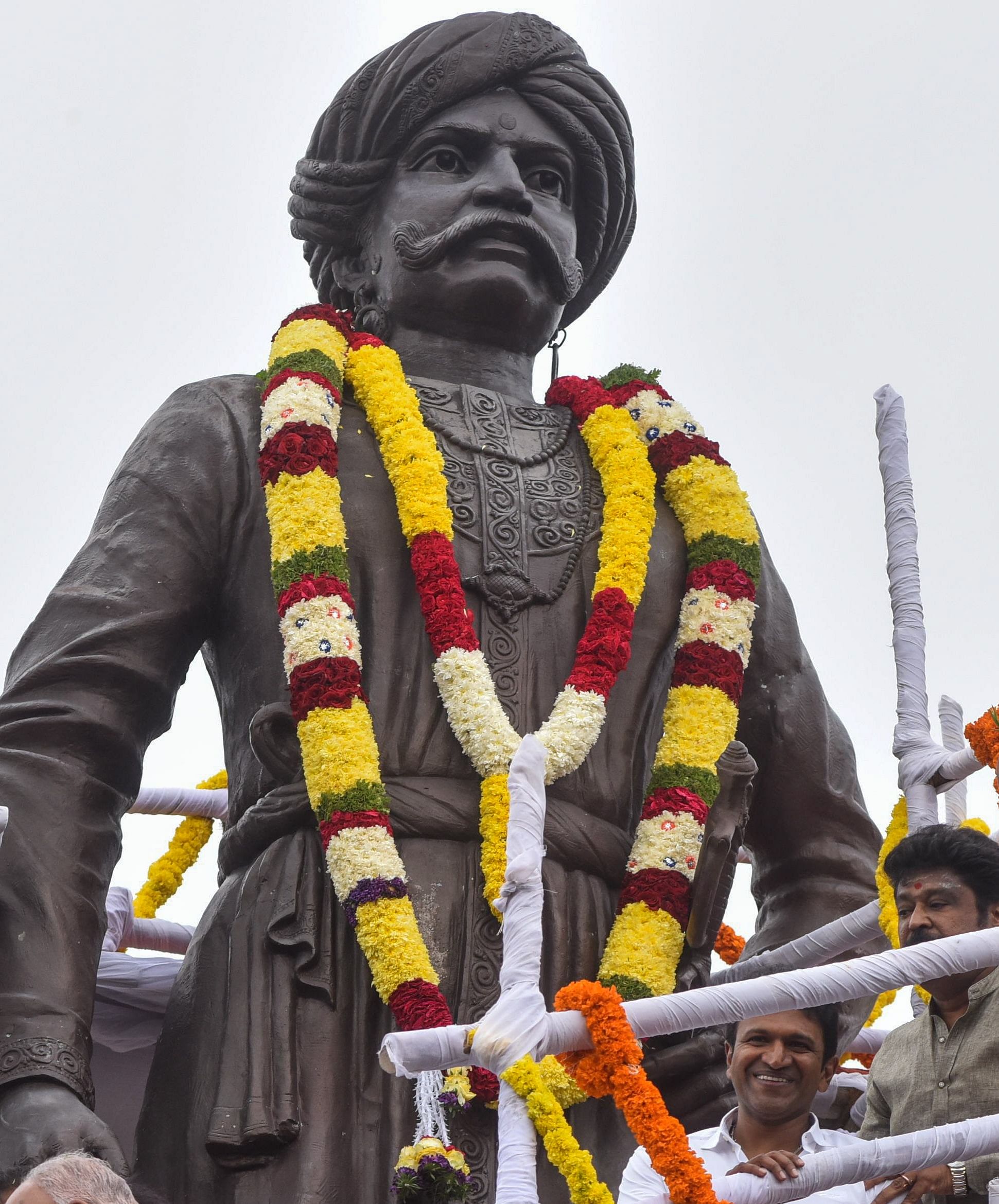
The Bharatiya Janata Party-led Government of Karnataka recently announced its intentions to build a giant 120 ft statue of the 16th Century chieftain, Kempegowda (1510 - 1569), also commonly regarded as the founder of Bengaluru city. A budget of Rs 500-crore has reportedly been earmarked for the project; a large sum to build something that will in all likeliness do next to nothing to actually promote Karnataka’s rich history and cultural heritage.
Appeals to Kannada pride and local history notwithstanding, the government’s move seems to be a thinly-veiled attempt at securing electoral influence. Kempegowda belonged to the Vokkaliga caste, the largest caste in Old Mysore. By drawing attention to Kempegowda’s legacy in a wastefully extravagant show of ostentation, the local BJP government is hoping to win over Vokkaliga voters.
This move follows similar proposals in other parts of India, including the planned statue of the Maratha ruler Shivaji in Mumbai. In both cases, statues serve literally no other purpose than to reinforce a certain ethnic, or caste pride, with great cost to both the environment and the taxpayer. Claiming that statues will help instil in the public a renewed interest in their heritage is ridiculously naive, in any case, such an experiment would demand disproportionately more of taxpayers than it would give back.
In a related development, the Karnataka Government is now also considering a heritage circuit that includes 46 sites linked to the life of Kempegowda, the tentatively titled Nadaprabhu Kempegowda Heritage Circuit, spread across five districts in the state’s south – what one commentator has termed "Kempegowda tourism."
While it’s true that the focus on Kempegowda is suspect given the electoral motives plausibly driving such moves, focusing on actual heritage initiatives is infinitely better than sinking taxpayer money into a statue that would serve no purpose.
All this subtly brings to the fore an unpalatable truth: The custodians of heritage are ultimately the privileged classes; proximity to the corridors of power plays a key role in securing this institutional attention.
Five hundred crore rupees is not an insignificant sum, and Karnataka is blessed with a dazzling array of fascinating historical sites that are in danger of being lost to negligence. This budget could do wonders for them, even saving many of them from the brink of literal collapse.
Surely heritage sites in less touristy and less-developed parts of the state, particularly along the peripheries of political attention towards the North, deserve this money more than a statue outside an airport, far away from the actual city of Bengaluru?
From the Badami Chalukya temples of Aihole to the beaches of Ankola, to the mausoleums of Bijapur, to the Konkani folklore of Karwar, to the Vijayanagara-era port of Bhatkal, to the Western Chalukya temples of Gadag, to the medieval Dakhni literature of Bidar, and beyond… Tax money would be better spent in funding heritage conservation across Karnataka, and definitely not on a statue that would scarcely translate into any real revival of interest in history.
It bears remembering that not all moves actually aimed at preserving culture need be grand, or even, well, visible. Flashy displays of pride may make some voters momentarily feel good about themselves, while rich stores of information in the form of archives and inscriptions across the entire state remain undigitised.
For example, the citizen-led Inscription Stones of Bangalore initiative has transformed the way the city’s inhabitants perceive the urban spaces they inhabit, and the local histories they carry with them. Government resources could easily fund many such initiatives, helmed by the right individuals.
Funding education and training in heritage conservation would equip entire generations to take part in such work, making it a viable career path for its immediate stakeholders, the public.
None of this is glamorous work by any means, but it would radically transform the way Karnataka’s heritage becomes accessible to the larger public.
To reiterate – literally, any form of infrastructural development would do more for our heritage than a giant statue. Even improving roads to heritage sites, like the decrepit roads to the UNESCO World Heritage Site, Pattakadal, and nearby Badami.
Questions of visibility and privilege are something a statue makes immediately apparent; a statue is merely optics, nothing else. Who would it even serve, besides the privileged by keeping them closer to their sources of power? Will the release of such funds – paid for from taxpayer’s pocket, it must be added – be dictated solely by the whims of electoral politics?
If that is the case, the citadels of Basavakalyāṇa and Bijapur will have to wait, unceremoniously, for when politicians take notice of them – a fate they do not deserve and should not be subjected to.
(Karthik Malli writes on the intersection of language, history, and identity in South India)
Disclaimer: The views expressed above are the author’s own. They do not necessarily reflect the views of DH.